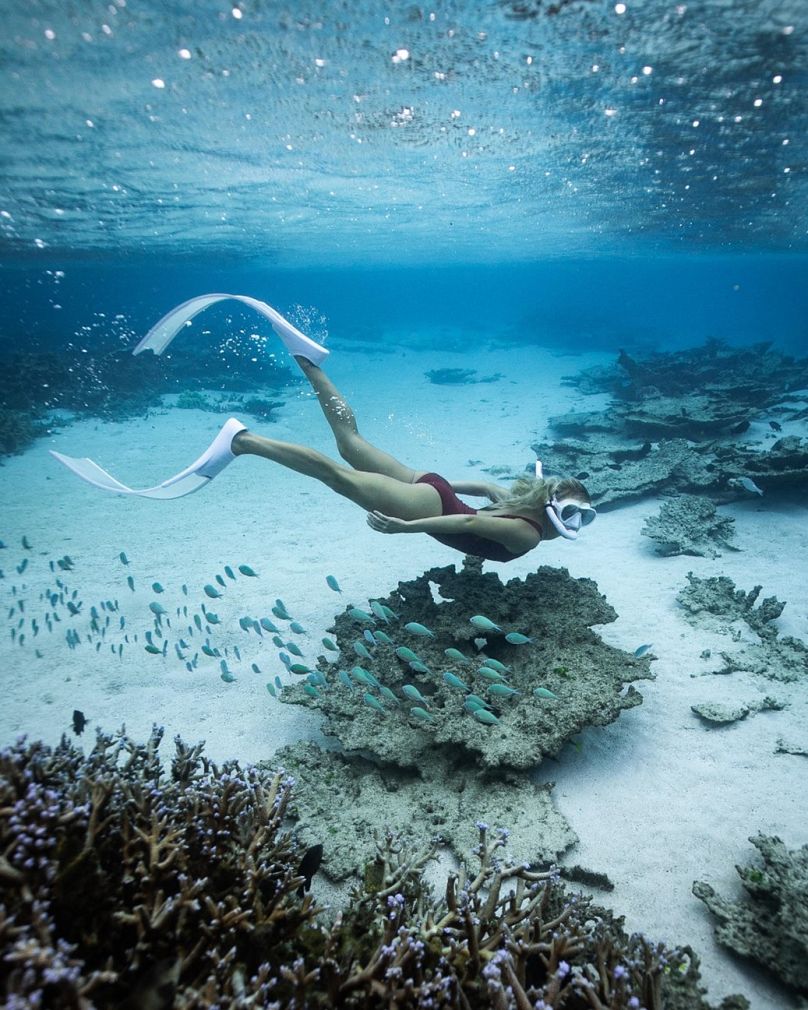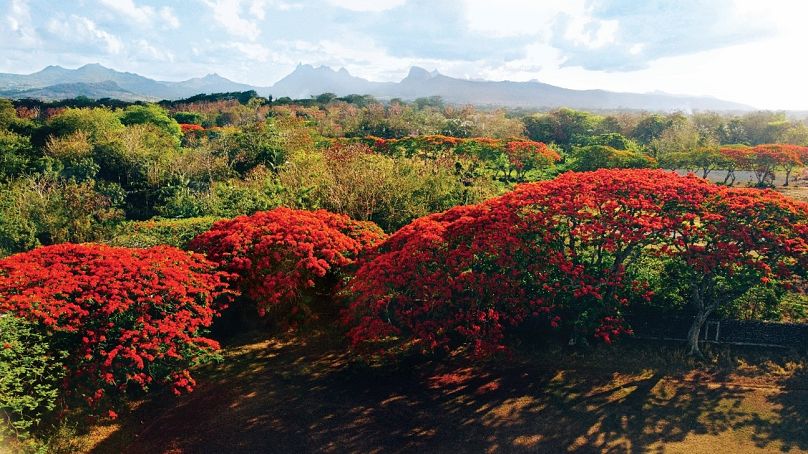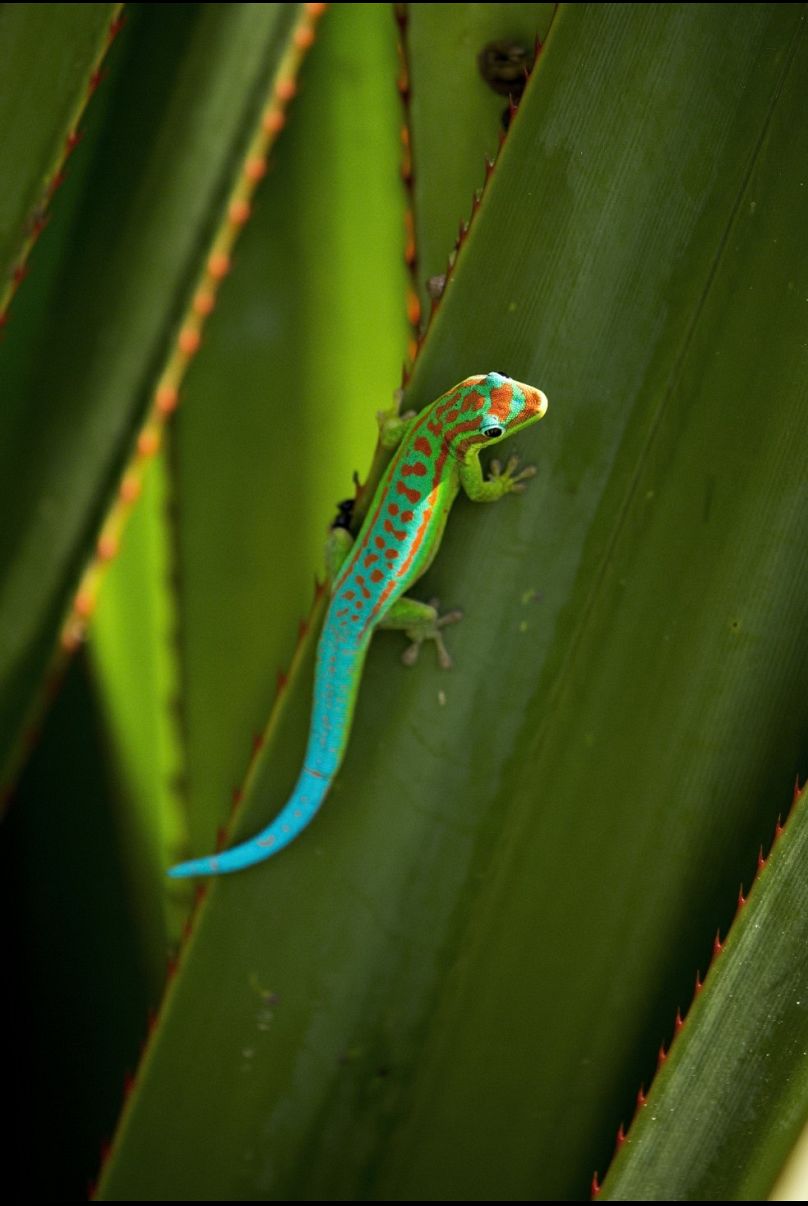For a small island nation, Mauritius is home to a breathtaking diversity of species. Protected by 150 kilometres of coral reef, its waters are alive with shoals of tropical fish, while its myriad bird species – including some endemic to the country – make it a holy grail for ornithologists.
Known as the ‘jewel of the Indian Ocean’, the island’s diverse habitats include sweeping beaches, volcanic landscapes, turquoise lagoons, mountains and subtropical rainforests, with much of its unique terrain protected as part of nature reserves.
Conservation efforts have been instrumental in protecting certain species. Mauritius’ most famous inhabitant, the dodo, is not coming back (though there are rumours of genetic engineers attempting to make this happen), but the pink pigeon, Mauritius kestrel and echo parakeet have all been brought back from the brink of extinction.
There are various ways to experience everything the island has to offer, from guided walks through protected areas to boat trips and snorkelling. Families are increasingly well catered for, with tailor-made excursions and activities to introduce the youngest visitors to the natural wonders of this uniquely diverse country.
Life in the ocean
The extensive coral reefs that protect the island are home to a vast array of aquatic life; around 400 different species in total. Clouds of cartoonishly coloured angelfish, butterfly fish, parrotfish and surgeonfish zip beneath the surface, and if you’re lucky you might see a hawksbill or green turtle feeding on the coral formations.
The sea bed itself teems with life, and the rocks and reefs are covered in sea anemones, barnacles and limpets. Hermit and red-spotted crabs scuttle through the sponge and coral.
Further out to sea humpback and sperm whales are occasionally spotted, along with dolphins and deep water fish such as marlin, swordfish, sharks and the distinctive sail fish – named for their outsized dorsal fins.
Snorkelling in Mauritius’ warm shallow waters is among the most rewarding to be found anywhere, and equipment can be bought or hired all over the island. Deep-sea fishing trips mostly operate from the western coast, while scuba diving centres can be found in various locations.
Gardens and forests
Of the island’s 700 or so species of native plants, over half are endemic and include some of the rarest in the world.
The best place to see them up close is the vast Sir Seewoosagur Ramgoolam Botanical Gardens, close to the town of Pamplemousses. This stunning park was created in the early 18th century and is now the largest botanical garden in the southern hemisphere.
At its heart is the pond of giant water lilies, with leaves bigger than tea trays. The dramatic blooms and dazzling variety of palms merit the visit alone, but children will love the giant tortoises, the red and green flashes of birds up high, and the increasingly fearless deer population.
The dense forest of the Black River Gorges National Park is another good place to learn about native plant life, especially as part of a guided tour. This range from gentle ambles to lengthy hikes, and suit most ages and abilities.
Protecting wildlife
Black River Gorges is also home to a wealth of Mauritian birdlife, including two of its endangered species: the pink pigeon and the Mauritius kestrel. In 1974 there were only four of these kestrels in the wild, but a careful breeding programme saw hundreds reared in captivity and later released, boosting numbers to what is now thought to be up to 600.
The pink pigeon has been a similar success story, and was at one time believed to be extinct. There are now around 400 of these gaily coloured creatures flying around, mostly in the Black River Gorges park and the small Île aux Aigrettes nature reserve.
A small island around 800 metres from the coast, the Île aux Aigrettes can only be visited with a guide, and there is a maximum of 20 visitors allowed at any one time. Once upon a time it was only famous as the site of the last ever dodo, but it’s now a vibrant ecosystem, where you’ll see Aldabra tortoises, spectacular striped geckos and Telfair’s skink, a type of lizard.
The island is also home to several stunning bird species: the red-headed Mauritius fody; the bright green echo parakeet and the blue, grey and orange paradise flycatcher among them.
Many of the birds and animals owe their continued existence to the Mauritius Wildlife Foundation (MWF). Set up in 1984 by naturalist and author Gerald Durrell, the MWF has helped with restoring habitats, breeding programmes, and the reintroduction of native species. It has also worked to raise public awareness of the need to actively protect the country’s fragile ecosystems.
Tourism plays a vital role in supporting these efforts by contributing to the economy, and ensuring that Mauritius’ unique biodiversity will bring pleasure to many generations of visitors to come.




